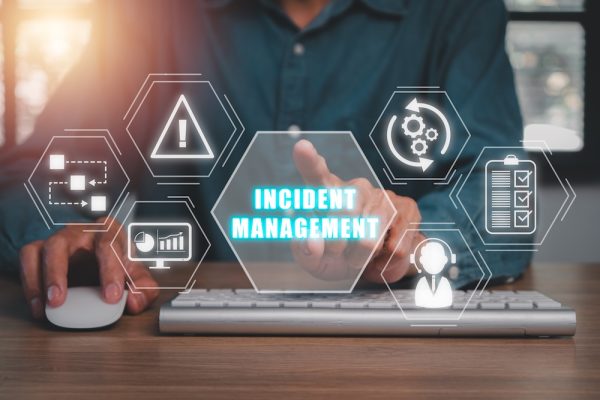In an era where flexibility and innovation are essential, the way organizations plan and execute events has undergone a fundamental shift. Hosting successful conferences today often means balancing in-person interactions with virtual engagement, creating experiences that are accessible, resilient, and dynamic. Hybrid conference logistics have emerged at the center of this evolution, offering a model that meets modern demands while extending reach and enhancing inclusivity. Drawing on our experience at PMCS, we see how hybrid, virtual, and traditional in-person events are reshaping best practices in event logistics.
The Hybrid Revolution in Conference Planning
Hybrid events are no longer simply a temporary adjustment to recent global disruptions. They represent a strategic advancement in how organizations can connect with diverse audiences. By combining the strengths of physical gatherings with the accessibility of virtual participation, hybrid formats offer more than convenience; they allow organizations to extend their audience reach, manage costs, and create more sustainable event models.
From our perspective, successful hybrid conference logistics begin with a detailed understanding of both the physical and virtual components of the event. Planning must integrate venue considerations with technological infrastructure, ensuring that every touchpoint—whether digital or in-person—is thoughtfully designed to provide a seamless experience. It is not enough to host two parallel events; the goal is to create a unified, inclusive experience that feels cohesive for all participants, no matter how they choose to attend.
Challenges in Hybrid Conference Logistics
While hybrid events offer enormous benefits, they also introduce specific logistical challenges that demand careful management. Ensuring strong, reliable technology is critical, as technical difficulties can severely undermine both virtual and physical experiences. Balancing the engagement needs of two distinct audiences—those in the room and those online—requires deliberate planning and customized strategies.
Flexibility is another major factor. In hybrid formats, external conditions can change rapidly, and contingency planning must be part of every logistics strategy. Being able to shift resources, adjust session formats, and adapt to technical challenges in real time is now an essential competency for any event planning team. Based on our experience, advanced preparation and clear communication channels are key to overcoming these hurdles and maintaining a professional, resilient event environment.
Optimizing Attendee Experience through Technology
Creating a successful hybrid event hinges on one primary goal: engaging participants across every platform. Technology plays a vital role in bridging the gap between the physical and virtual spaces. Using tools such as live polling, interactive Q&A sessions, and digital networking lounges can significantly enhance engagement and help remote participants feel fully connected to the event.
In our work, we emphasize the importance of seamless attendee management systems that facilitate easy registration, provide real-time updates, and support interactive experiences throughout the event lifecycle. Thoughtful use of technology also includes offering virtual help desks, on-demand session access, and user-friendly mobile apps that keep participants informed and involved. Technology should serve not as an add-on, but as an integral part of the event experience, ensuring that every attendee feels valued and included.
Key Strategies for Future-Ready Events
Looking forward, building successful events requires a mindset rooted in adaptability, innovation, and sustainability. Hybrid event planning offers the opportunity to embrace environmentally responsible practices, such as reducing paper use and minimizing the travel footprint for attendees. Integrating virtual components thoughtfully into conference models promotes greater accessibility, giving participants who might not otherwise be able to attend the chance to engage meaningfully.
Another key trend is the investment in long-term digital infrastructure to support ongoing hybrid capabilities. Organizations that prioritize robust virtual platforms and flexible event designs will be better positioned to adapt to future shifts in audience expectations and technological advancements. Our insights reinforce the importance of strategic planning that not only addresses immediate logistical needs but also aligns events with broader organizational goals for growth, engagement, and innovation.
Building a New Standard for Conferences
Today’s evolving event landscape demands a different approach to conference planning—one that balances tradition with innovation, in-person energy with virtual reach, and operational excellence with future adaptability. Hybrid conference logistics are more than a trend; they are becoming the new standard for delivering inclusive, resilient, and impactful events.
Organizations that embrace this shift by investing in thoughtful planning, technology integration, and audience engagement strategies will not only meet today’s challenges but also set the stage for future success. By focusing on the attendee experience across all platforms and staying agile in the face of change, businesses and institutions can ensure that their events remain relevant, effective, and inspiring in a rapidly changing world.




